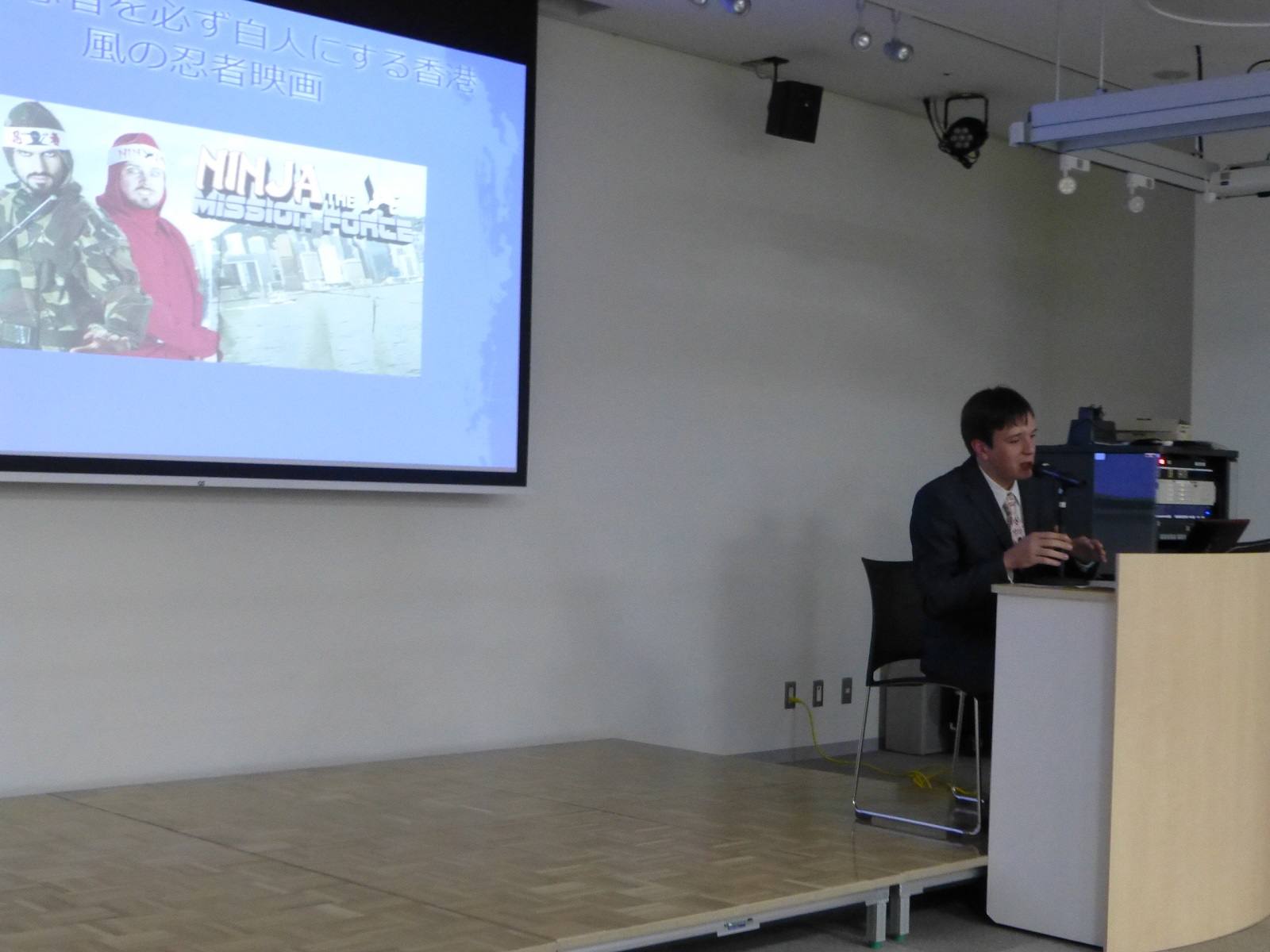Lecture No.6: The Ninja as seen by a foreigner
The Ninja as seen by a foreigner (summary)
Feodor Kubasov
The 1964 article 'Newsweek'in is usually considered to be the first piece of information about the ninjas in the Western world. That article briefly described the history and the methods of the ninja, gave the picture of ninja boom in Japan and introduced to the western reader Fujita Seiko, who was widely known as 'The last ninja'. But recently the 1918 article by Itoh Gingetsu published in 'Japan Magazine' proved to be the earliest one, though the Newsweek article still should be considered as the beginning of ninja-boom outside Japan. As the first appearance of the ninja in the literature, Ian Fleming's 'You only live twice' is well-known. After that the image of a ninja became a best-selling brand and a huge number of books and movies about the ninjas appeared. As for ninja-fiction books, W. Barker and E. Van Lustbader were the most prolific novelists, and a huge number of ninja-movies were filmed in the Hollywood in 1980-90-ies. The characteristic features of the ninja image of that time were as follows: a) Ninja was often portrayed as a dark and sociopathic figure showing extreme cruelty without any reason; b)Often, the scene of those novels and movies was not Medieval Japan, but nowadays Western (or not) countries. c) The ninja portrayed there was not a spy of medieval Japan or a sorcerer of the Edo period, but a deadly assassin and top-class martial artist. c) As a main character usually appears a ninja-renegade, who also can be considered a kind of anti-ninja(a samurai); d)The main character is usually a white man.
The ninja boom ended in 1987, but the image of ninja mostly formed in Americahas spread throughout the World initiating ninja boom in many other countries. By this the image of ninja became closer and more intimate for many people, while the consciousness that ninja is something specifically Japanese became more vague.
In the 1970-80 books ninjutsu was described as a martial art, while the first as academic research on the subject S. Turnbull's 'Ninja: The True Story of Japan's Secret Warrior Cult'(1992) can be named. In the 1997 the book 'Путь невидимых' ('The Way of the Invisible ones') by a Russian japanologist A. Gorbylev was published and in 1999 followed the book 'Когти невидимок' ('The claws of the invisible ones') by the same author. Recently The Historical Ninjutsu Research Team founded by A. Cummins provided a lot of translations of the old documents on ninjutsu.
